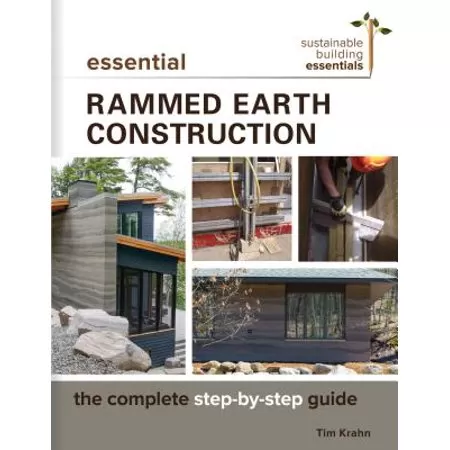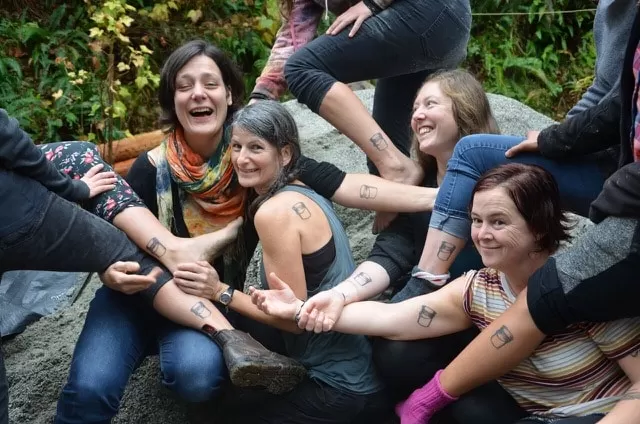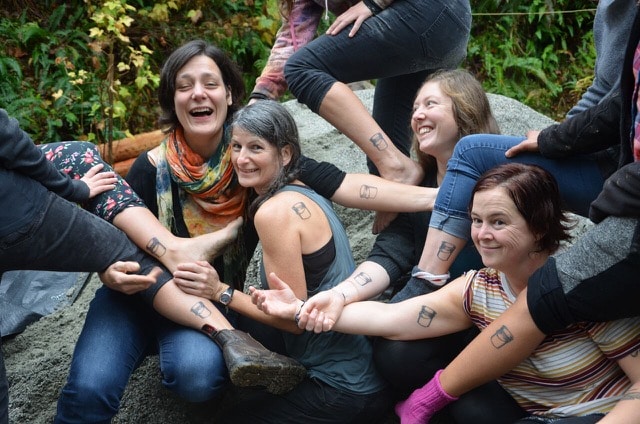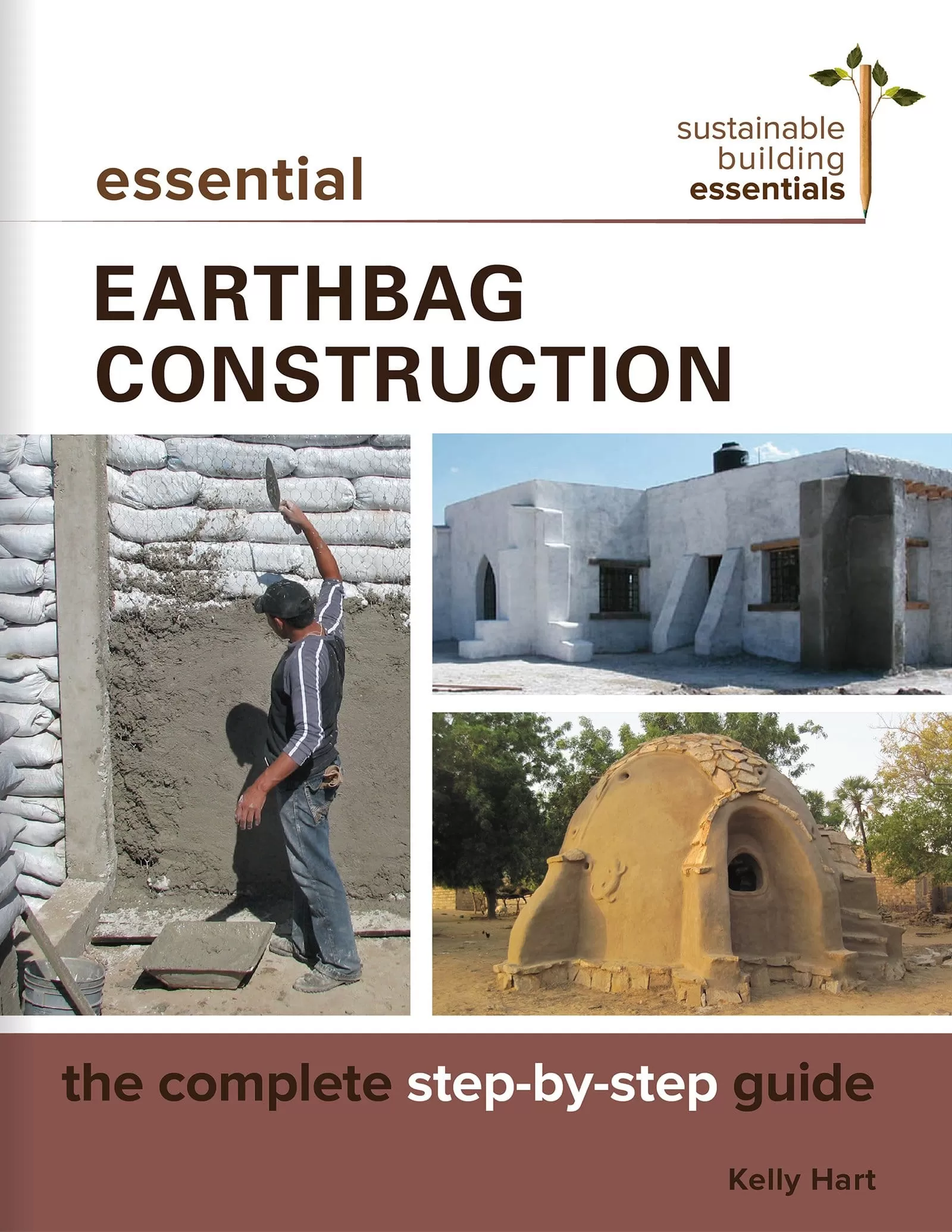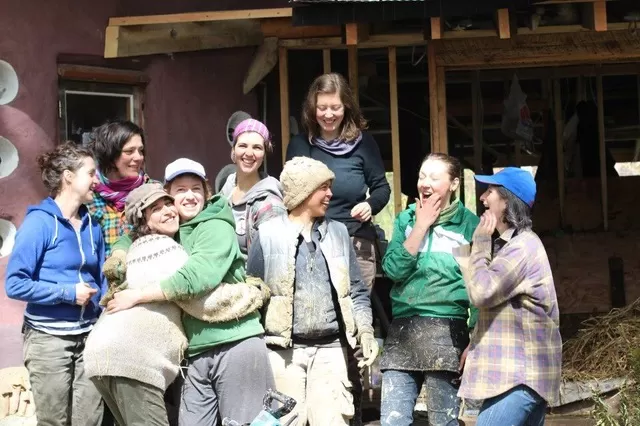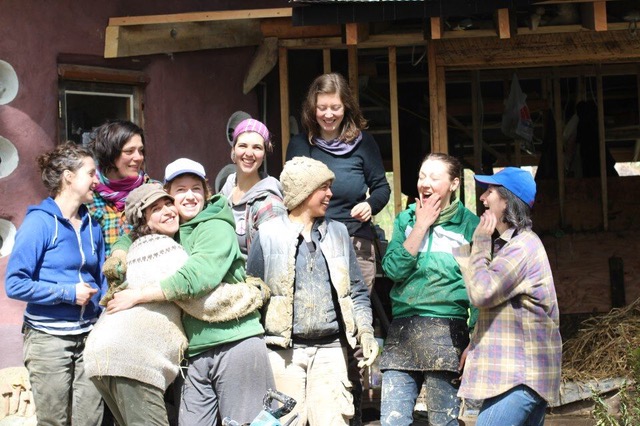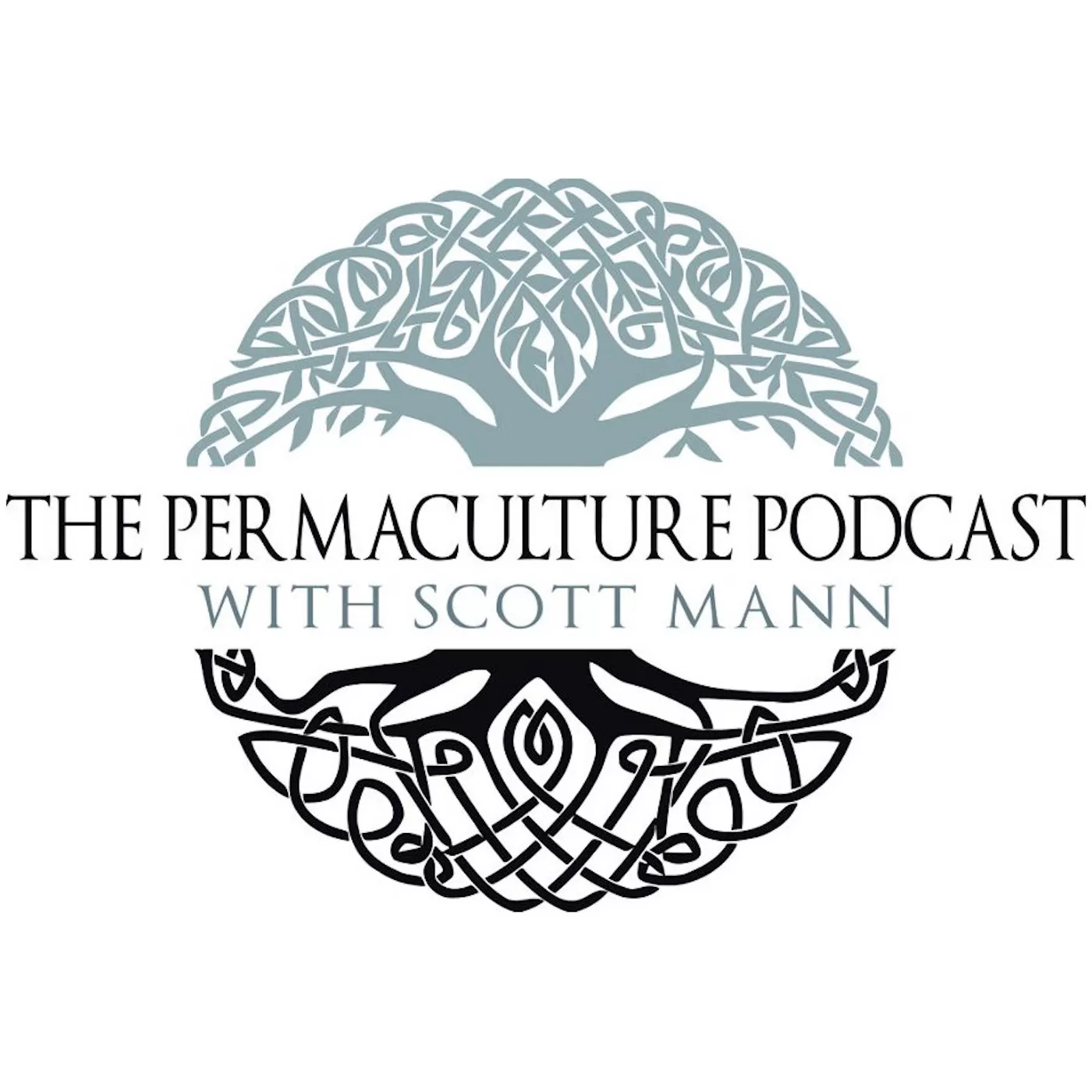In doing the background research to prepare for this interview I was excited to see that Mr. Theis worked with, and learned from, Christopher Alexander, the person most cited, perhaps, for the development of the idea of a pattern language as we now understand it. But that's only part of Mr. Theis's story. He also has a deep understanding of permaculture having studied this discipline with Bill Mollison.
Mr. Theis's words and the way he builds emotional resonance while answering my questions remind me of the storytelling and aesthetics that allows us to create the art and shared experience required for the development of civilization, that we might rise above subsistence and survival. I connected with what he said, and am thankful to provide a space to elaborate on ideas, even if we didn't cover as many of the topics as I originally planned. In this episode we cover his background, creating emotional appeal through natural building, the role of a designer or architect to provide insight, and the dignity of labor.
As you'll hear, I want to have him back on the show in the future so we can cover some of the more technical aspects of natural building and design, methods and materials. As our conversation drew to a close, I was left with quite a bit on my mind, so my personal thoughts and notes are longer than normal. The first was the role of personal appeal in natural building, and that we need to connect with the right side of the brain, as a metaphor for the creative and emotional part of our selves, as a way to make natural building something more accepted in the mainstream. To reach out to people and not sell them on the logical pieces, like how much money they'll save on bills or that this is a good way to be more resilient, but as by telling a story. Just as supporting a farmer by buying direct provides material benefits through economic exchange and food, we also build a non-material connection as well. Here is another bridge between the invisible and the physical. As designers we can create a desire, something that can't be touched, in someone that leads them to a place where they make a choice or take an action that is in-line with the ethics and principles of permaculture, while also giving back something of value. David Holmgren's imperative to implement exemplary design can attract those people most interested. And, along the way, by building systems that people find appealing, reach more people than we might otherwise. To appropriate the line from Field of Dreams, if we build it, they will come. That's also why I like Bob's last thoughts about renovation rather than creating something new. If we choose good neighborhoods with less than great buildings, the places we settle and then restore serve as further examples for people to see and consider emulating. Yes, I'd love a large stretch of land with a fully integrated design and an off the grid-capable home, but if my homesite doesn't add to the body of understanding in a visceral way, that others can see, touch, and experience, does it do the most good? I think not. Am I better off with a smaller lot and continuing to buy some of my fruit and veg from the farmer, but also inspiring others? I think so, because of the connection that creates with others. As one of the core ideas expressed in the Designers' Manual is about cooperation rather than competition, we should work to interact and aid one another, and not become and insular community. One thing I've been struggling with, which Bob mentions, is the accessibility of low cost building knowledge and information about permaculture for those who need it. This is something I'll most likely speak about more in my review of Ben Falk's book, The Resilient Farm and Homestead, but I think his comment about seeing middle class folks come to courses is reflective of the pioneers who are able to afford the time and energy to indulge their interests and invest in this future. If you're living a life just trying to make it from one day to the next, it's hard to think beyond the next moment. To take the money in your pocket, that buys food right now, and turn it into an investment of a fruit tree that will provide in the future. For now, those of us doing this kind of work professionally need the pioneers who to help pave this path forward. They can afford to pay to learn this information, to buy the books, and take time away from a job to come to classes. That puts money into the pockets of teachers so they can spend more time doing this work and reach more people. As I'm fond of thinking of it, that's the third ethic in action. As this happens, we get to share the information in many ways possible, which is starting to happen right now. There is a wider variety of classes available than ever before. You can find them on-line or on site, with schedules to fit nearly any schedule. Need a weekend only? 1 day a month? Long weekend, 3 or 4 day intensive? Week or two week, or longer, intensive? They're out there. And as teachers work more, the more people know about the classes, the more people sign up and show up for classes, and the teachers earn a living and have more flexibility to share with those who need it. The last point that comes to mind from Mr. Theis' interview is the dignity of labor. Though society may not, at this moment, respect them the way I understand it once did, there is a great deal we must learn in order to be appropriately re-skilled to live comfortably in more localized community. Here's a quote from Robert Heinlein's Time Enough for Love that I think about for our future:
A human being should be able to change a diaper, plan an invasion, butcher a hog, conn a ship, design a building, write a sonnet, balance accounts, build a wall, set a bone, comfort the dying, take orders, give orders, cooperate, act alone, solve equations, analyze a new problem, pitch manure, program a computer, cook a tasty meal, fight efficiently, die gallantly. Specialization is for insects.
We should have this kind of competency moving forward, to become a “jack of all trades and master of one” as suggested by David Holmgren, is a viable path. There's a lot we need to accomplish to make all of this work. The only way we'll get it done is by taking action ourselves, and showing others what they can accomplish once they start. In order to do that requires a respect and appreciation for the dignity of labor, in our selves and in others.
Resources:
Bob Theis - Architect
Christopher Alexander 8 Forms of Capital by Ethan Roland and Gregory Landua
The Nature of Order by Christopher Alexander
The Omega Institute
National Aging in Place Council
Naturally Occurring Retirement Communities
